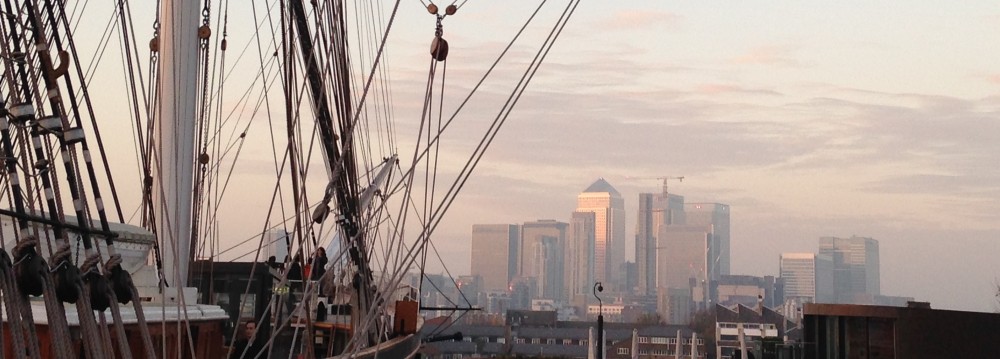Well, what can I say? I am simply a sage kind of guy. And, I am not talking about being wise. No, I am talking about being a lover of sage plants (we have four different kinds in our yard, yay!). And, white sage is my point of focus today.
In our region of California, white sage plants — in particular — are suffering terrible abuse in response to the fashion trend of burning sage smudge incense and displaying sage bouquets. In places like the Etiwanda Preserve there have been poachers illegally harvesting pick-ups full of sage for sale to retailers. This results in horrible ecological damage. And, it is an affront to the Tongva and other local tribes in SoCal, for whom the plant is a member of the family.

Photo: Doug Lippoldt, 2023 (C)
There is a wonderful short film on white sage and First Peoples that was released by the California Native Plant Society, accompanied by excerpts of wonderful traditional tunes. Filmed on location in our area, it is an official selection of the Cannes Film Festival and just 20 minutes long. This is a good one! I think it will speak to many of us. I know I found it to be very moving.
Check it out! It is free to watch via the link, here (YouTube) or below (via California Native Plant Association web site). And, please take care only to buy sustainable sage, or simply enjoy it in the wild as an observer! (And for my take on Yosemite from a few years ago, check out this post: https://www.q4tk.com/2015/05/25/yosemite-grandeur-even-on-soggy-days/)










































































